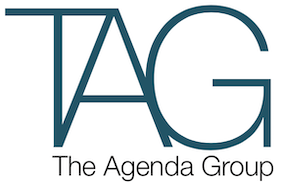In 2010 the Coalition sprang a major surprise by not just winning in the Legislative Assembly but also by gaining control of the Legislative Council.
The Coalition gained three seats from Labor (in Northern Metropolitan, Southern Metropolitan and Western Metropolitan) and also picked up a seat which the Democratic Labor Party won in Western Victoria in 2006. This means that for the past four years, the numbers in the 40-seat Council (8 electorates with 5 members each) have been the Coalition 21, Labor 16 and the Greens 3.
Whether the Coalition or Labor form government after the election, it is unlikely that either will gain a majority in the Council. One factor is the expected fall in the Coalition vote from its 2010 high-water mark. Just as significantly is that this time around there are many more minor parties and they have utilized the services of the ‘preference whisperer’ Glenn Druery. The minor parties are exchanging preferences in ways that will maximize different parties in different regions. For a summary of which party is favoured where, here is Tim Colebatch in Wednesday’s Age – ‘Micro-parties form smart alliances.’
And anyone wishing to try out some scenarios can now do so with Antony Green’s Legislative Council Calculator here. The worrying thing is that there are plenty of scenarios where Labor plus Greens equal 20 and the Coalition plus a couple of right-wing minor party candidates equal 20. Good luck to the next government!
